LEDoS displays by Samsung in the works for next-generation AR devices
We may earn a commission if you make a purchase from the links on this page.

Samsung Display is busy dealing with a possible AR breakthrough: they’re developing LEDoS (LED on silicon) technology for next generation AR devices (via SamMobile).
Kim Gong-min, executive director of Samsung Display R&D Center's technology strategy team, confirmed this at Deep Tech Forum and pointed out LEDoS panels are based on micro LEDs on silicon, unlike OLEDoS displays (Organic Light Emitting Diodes on a silicon panel). There are present limitations with using OLEDoS (in terms of picture brightness and overall lifespan), that LEDoS technology is to eliminate.
Efficiency on the micro LEDs front was achieved by changing the epitaxial structure, which reduced generated heat from micro LED displays by around 40%. This breakthrough was announced in March by Samsung and KAIST (Korea Advanced Institute of Science & Technology).
Kim Gong-Min states that PPD (Pixels Per Degree) is much more important than PPI (Pixels Per Inch) for AR/VR devices. For a comparison, a typical OLED display on a phone is in the 500-600 PPI range. This is great and you can’t tell individual pixels, but you’re holding your phone in hand. AR/VR sets, on the other hand (pun intended), are positioned right in front of your eyeballs and require more clarity (via The Elec).
Samsung’s anticipated mixed reality AR/VR headset (may it be cheaper than Apple’s $3499 Vision Pro set!) may lag half a year. Instead of mass production to begin in early 2024, as previously suggested, now rumors are pointing to the middle of 2024 for earliest possible production date. That’s because, as an alleged internal Samsung memo reads, "...we decided to review all internal specifications and performance, such as the design and panel of the new XR (extended reality) product".
Kim Gong-min, executive director of Samsung Display R&D Center's technology strategy team, confirmed this at Deep Tech Forum and pointed out LEDoS panels are based on micro LEDs on silicon, unlike OLEDoS displays (Organic Light Emitting Diodes on a silicon panel). There are present limitations with using OLEDoS (in terms of picture brightness and overall lifespan), that LEDoS technology is to eliminate.
Kim Gong-Min states that PPD (Pixels Per Degree) is much more important than PPI (Pixels Per Inch) for AR/VR devices. For a comparison, a typical OLED display on a phone is in the 500-600 PPI range. This is great and you can’t tell individual pixels, but you’re holding your phone in hand. AR/VR sets, on the other hand (pun intended), are positioned right in front of your eyeballs and require more clarity (via The Elec).
Samsung to delay its own AR/VR headset
Samsung’s anticipated mixed reality AR/VR headset (may it be cheaper than Apple’s $3499 Vision Pro set!) may lag half a year. Instead of mass production to begin in early 2024, as previously suggested, now rumors are pointing to the middle of 2024 for earliest possible production date. That’s because, as an alleged internal Samsung memo reads, "...we decided to review all internal specifications and performance, such as the design and panel of the new XR (extended reality) product".
This is coming weeks after Apple’s Vision Pro show off event, so it’s not hard to connect the dots and get to a very logical conclusion explaining the 6-month delay: Samsung sent its creation back to the lab for tuning, after witnessing Cupertino’s device.

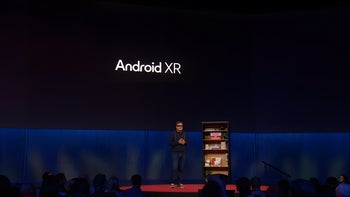
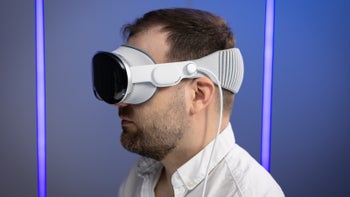
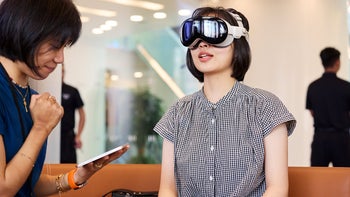

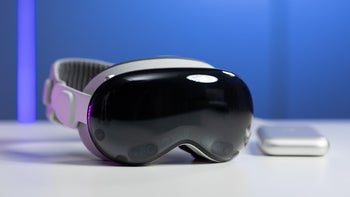
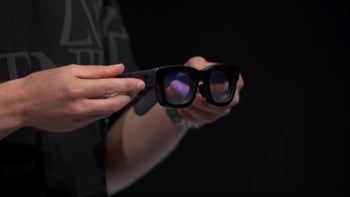
Things that are NOT allowed: